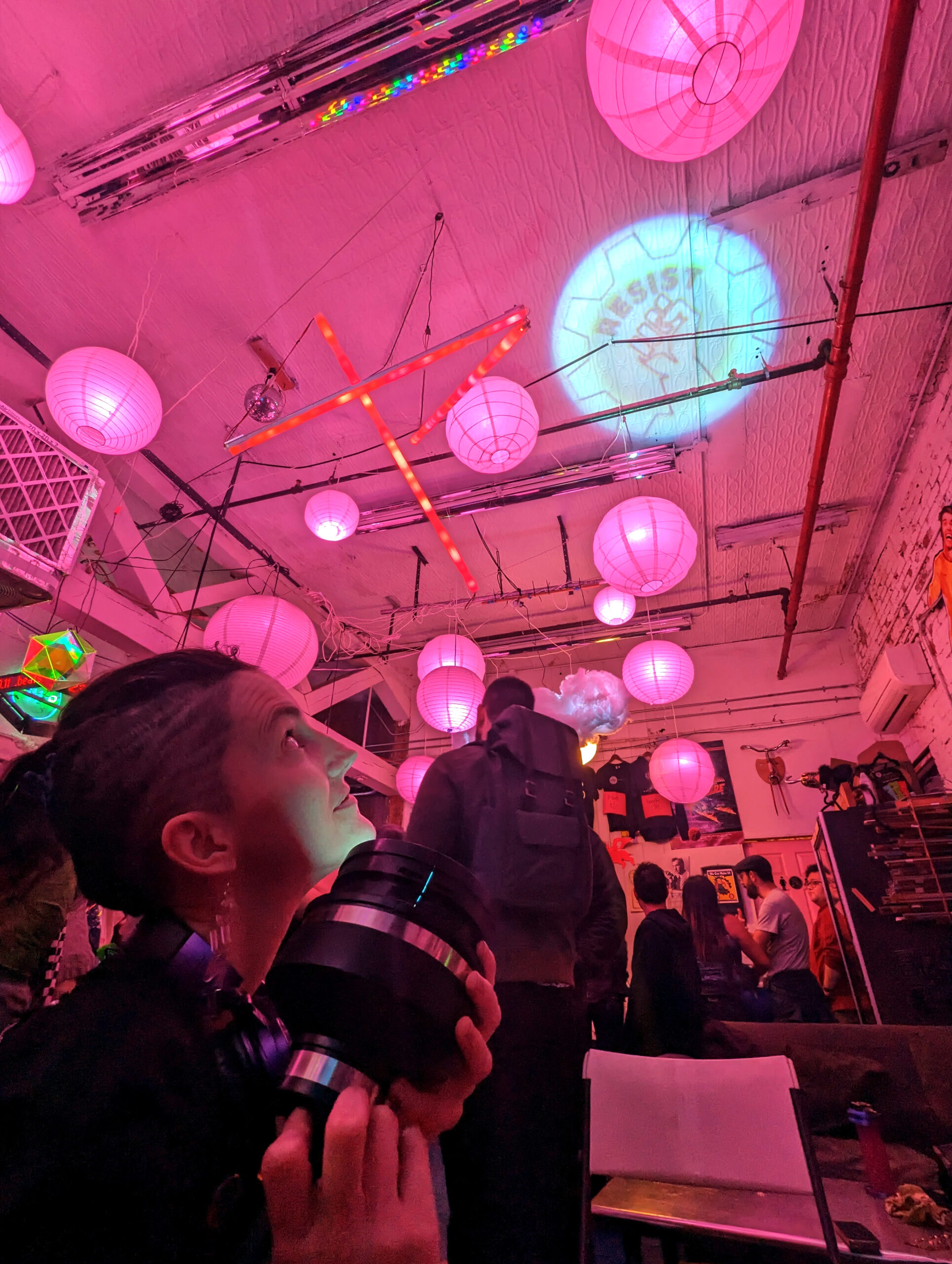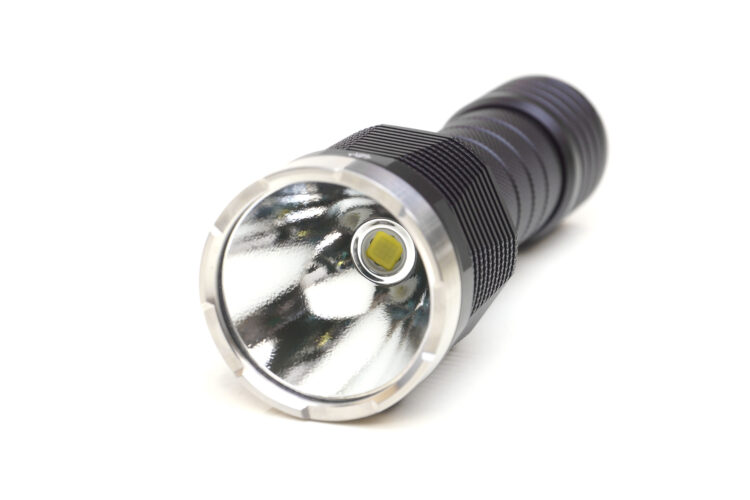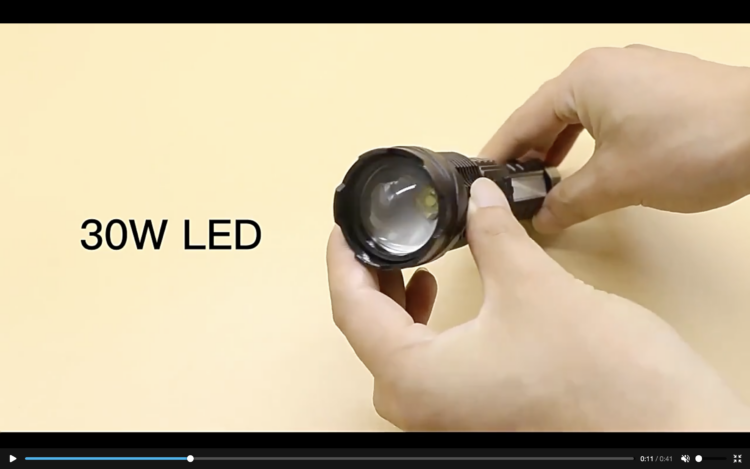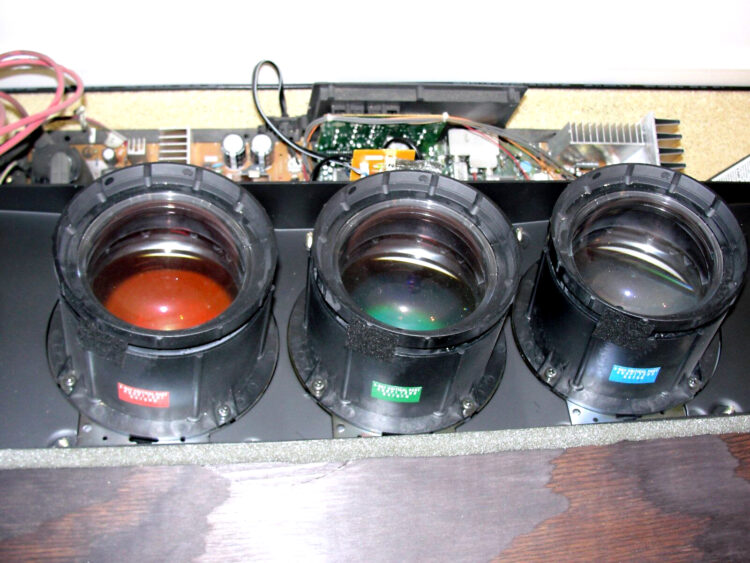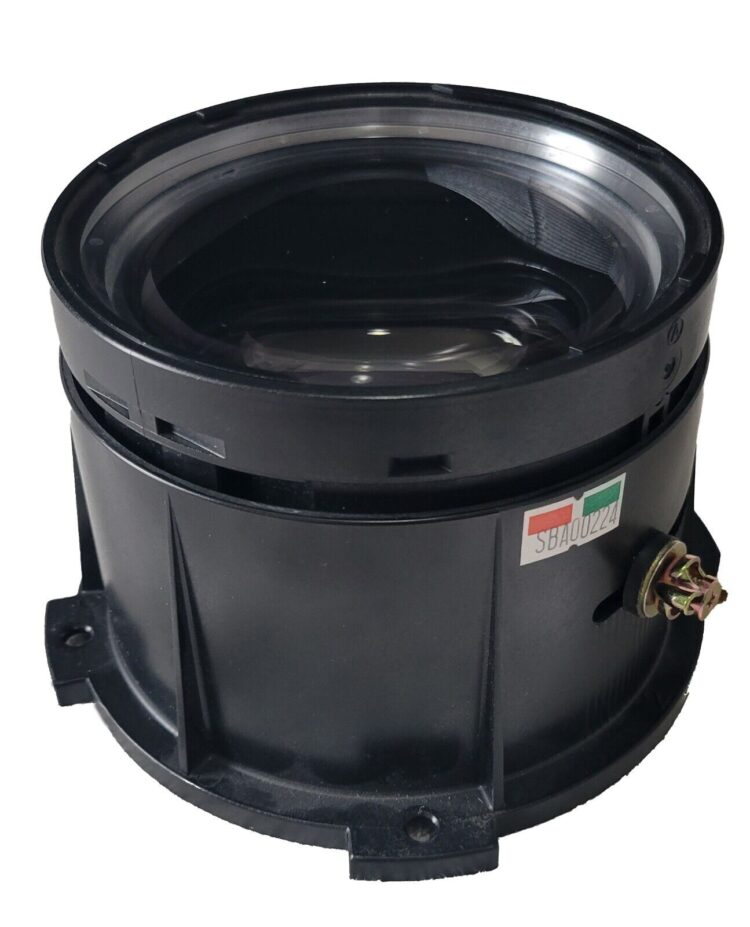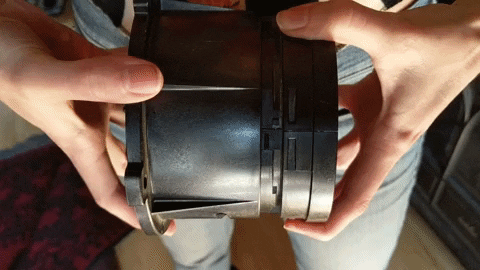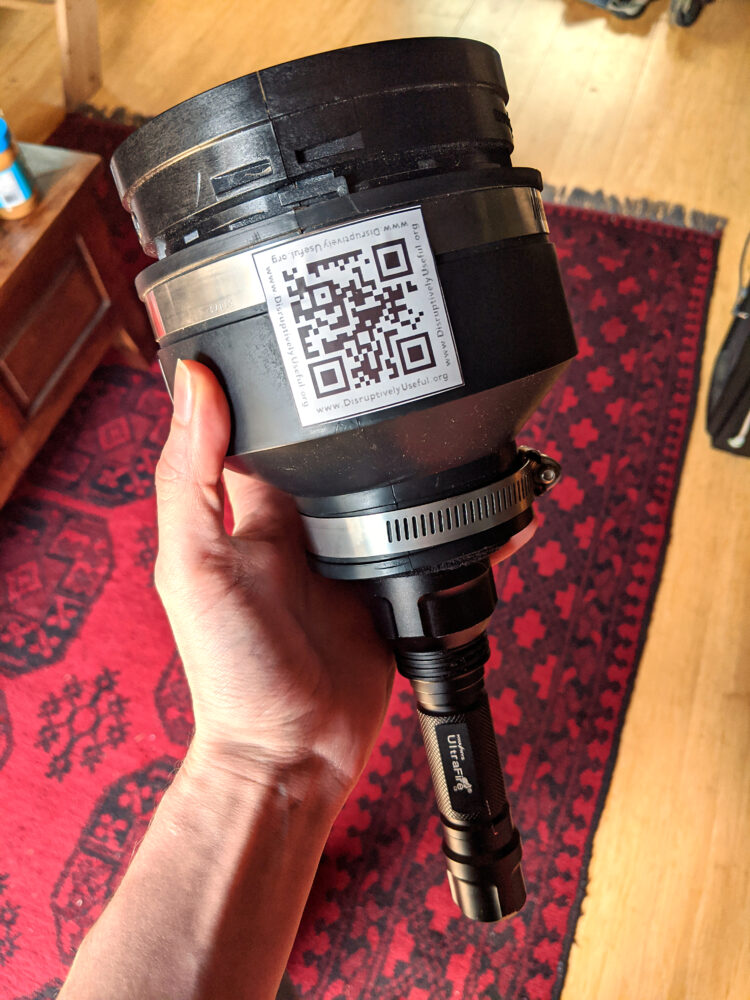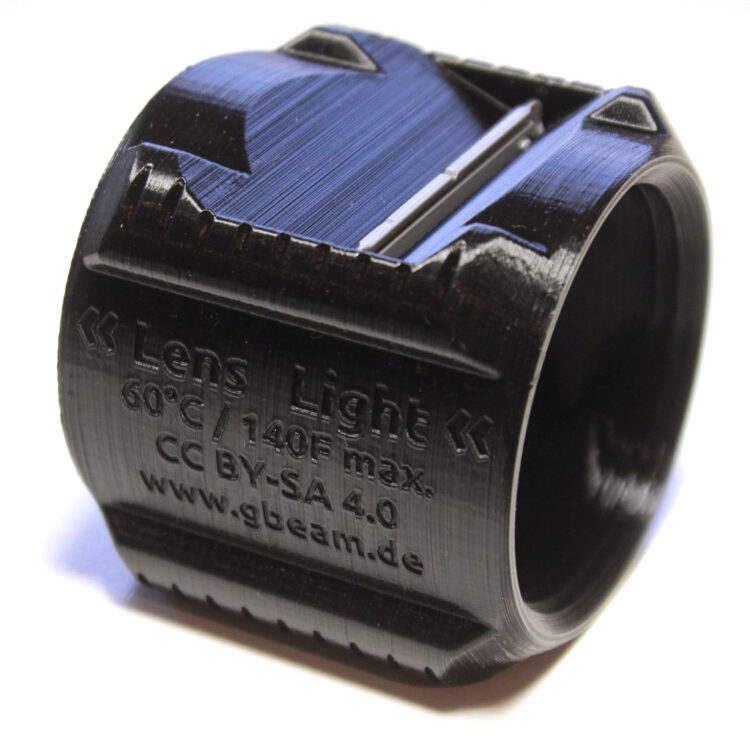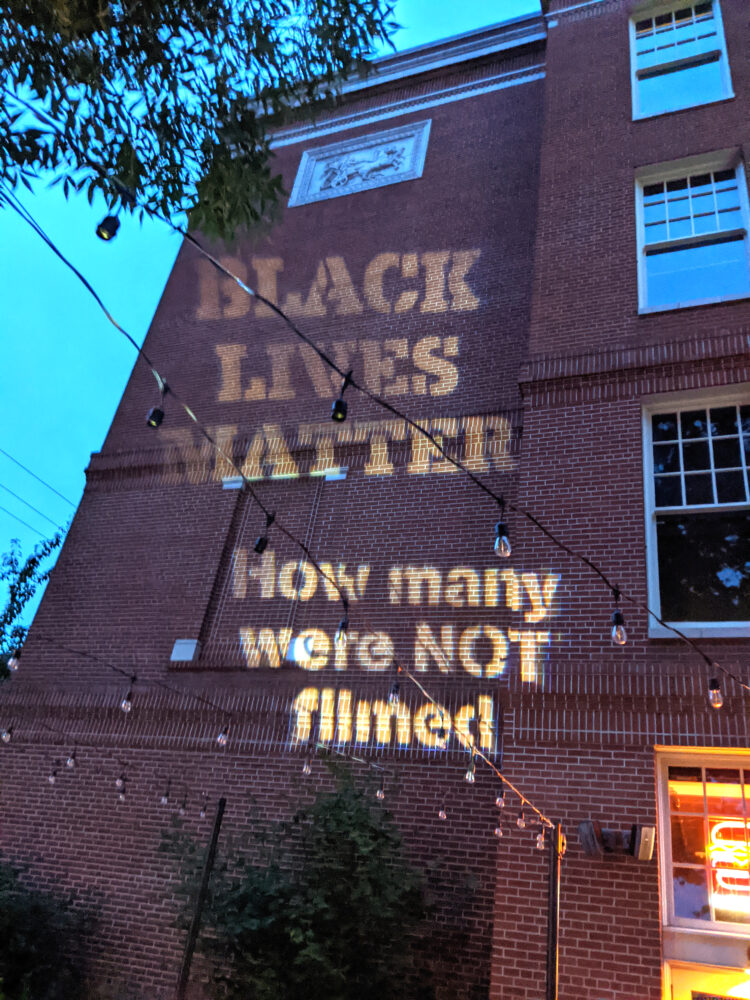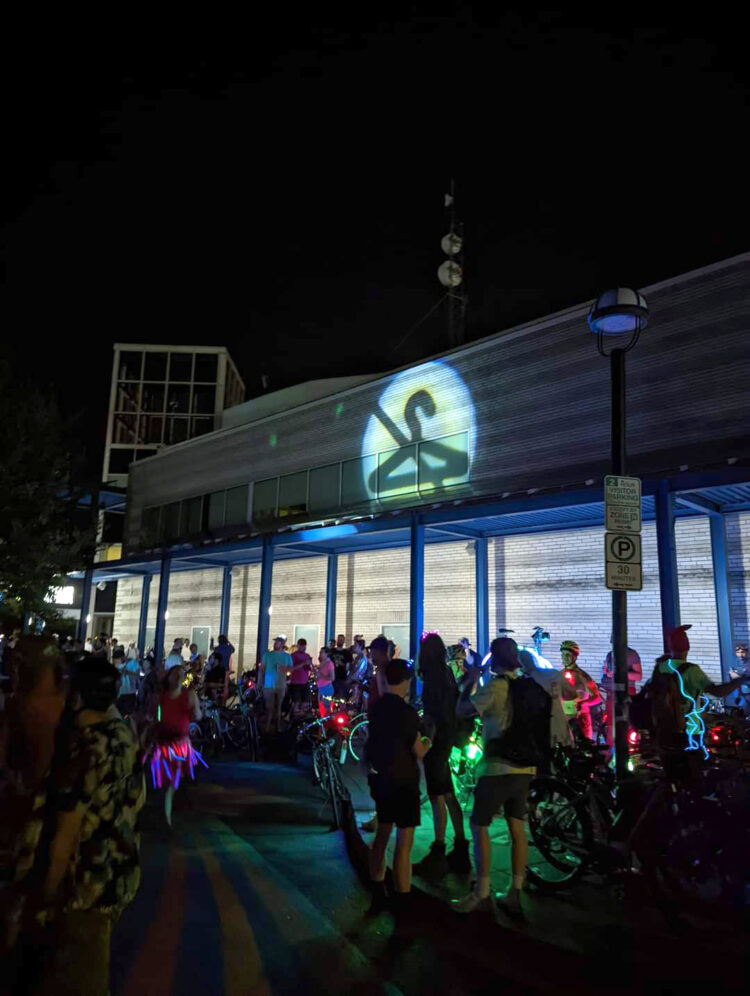“Guerrilla projection, pioneered by artists and advertisers, has been increasingly embraced by activists in recent years as a new medium for delivering messages. The advantages are obvious: With a single high-powered projector, you can turn the side of a building into a huge advertisement for your cause, plastering your message on a spot that would otherwise be out of reach. It’s legal, relatively cheap, and … most importantly, it’s visually powerful: You can literally shine a light on the opposition.”
from Beautiful Trouble, edited by Andrew
Boyd and Dave Oswald Mitchell

Got something to write on the wall? Write it big — with light!
This tutorial is here to help you build a low-profile handheld light projector from relatively accessible hardware store parts. The project should cost around $45–$60 in materials, but might be cheaper (or pricier) if you find parts on your own.
There could be a thousand creative ways to do this type of projection. We have worked hard to give details for the specific build we know works, but we hope that people will also try to design similar, not exact copies. This is because the exact parts we used may be difficult to source in the future, though similar parts should always be available, and because alternate builds could have advantages of their own, such as lowering cost or improving projection throw.
This project is also completely open source, meaning that you can make, share, use, alter, and yes, even sell this design or any similar design, with no credit or attribution needed. You can (and we encourage you to) fork this project on Github. This information is yours.
How Does It Work?
What you’re doing in this project, essentially, is sending a flashlight’s beam farther and more sharply, using a big lens, than it can do on its own. Then you’re adding a message with the stencil. Putting them together with a coupling is all about finding the focus — the spacing between the flashlight and lens.
This type of projection is called gobo projection, and is often used in theater and stage settings. Gobo stands for “goes before optics” because putting a stencil between a light and a lens projects a crisp, focused image. A stencil used in this way is sometimes referred to as a gobo, and can be made of clear acetate sheet, acrylic, wood, or metal — depending on how hot your light source gets.
Build Your Handheld Graffiti Projector
Before you start, please watch our tutorial video for an overview of how all the parts should fit together.



